deepeye.hu
Astronomical Drawings of Peter Kiss
Astronomical Drawings of Peter Kiss




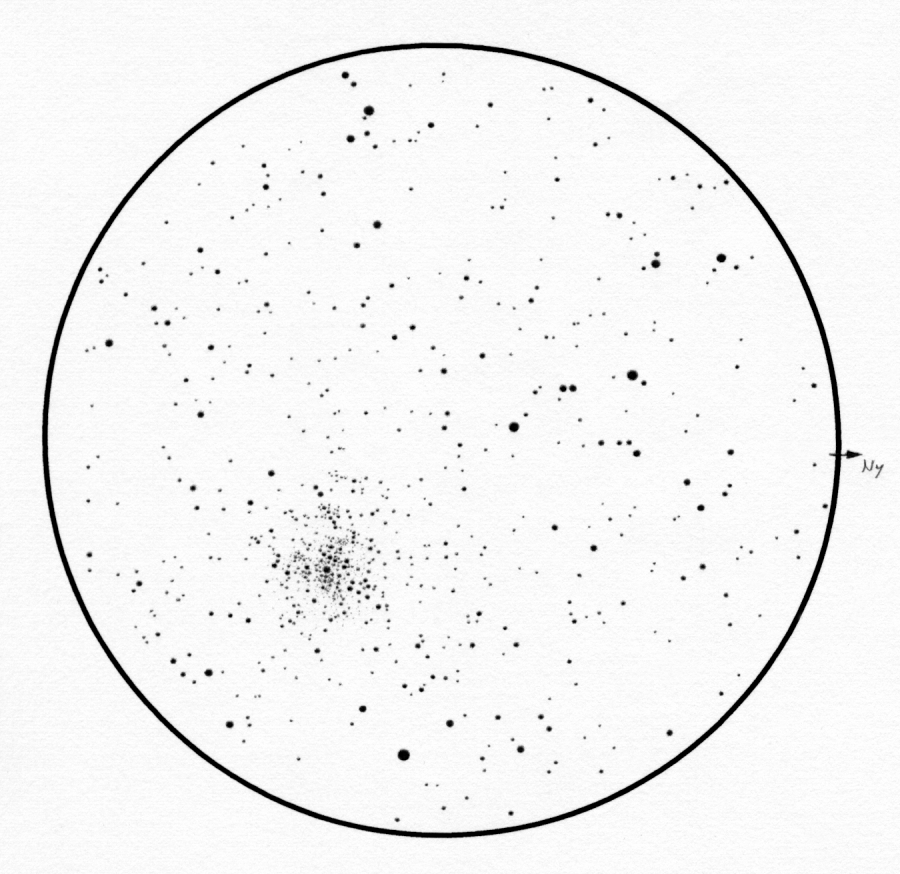
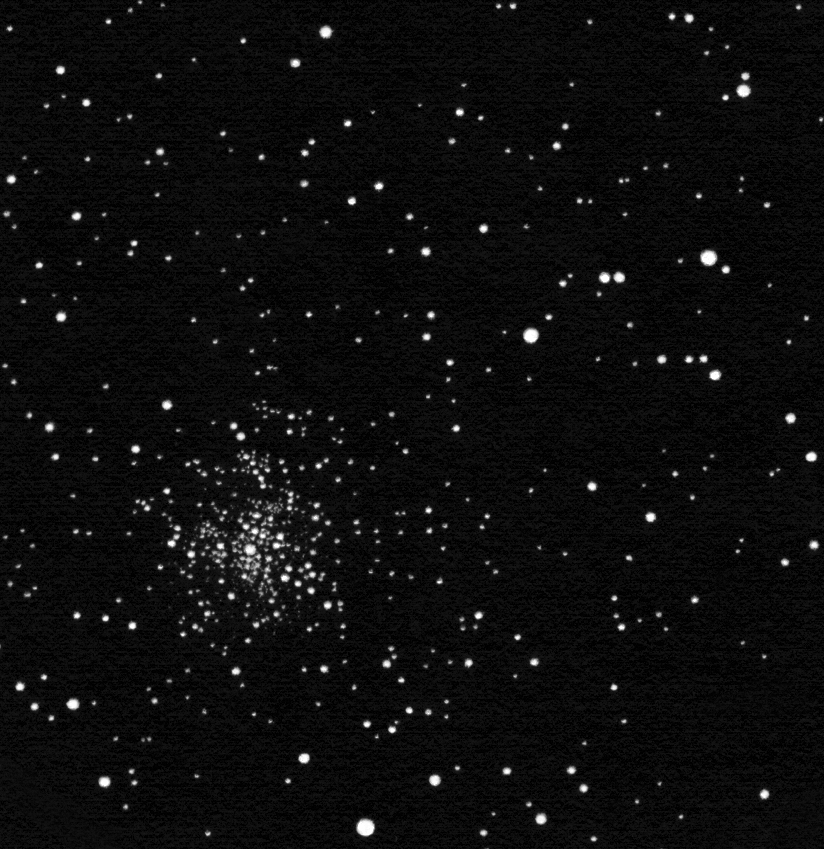
M 37 is undoubtedly the most spectacular of the three Messier open clusters in Auriga. With members in the order of 1000 and an apparent visual magnitude of 5.6mg this is a brutal open cluster. No wonder that this is the 109th Messier object that I drew (M 46 is the last Messier object that I have not yet drawn). I have a slightly negative experience connected to M 37: I stared to draw it on the night of the 15th of January, 2001. But after 45 stars the clouds came in and I never touched that drawing again. And I didn't have much will left to cope with M 37 for years.
I was cheating a bit with this drawing: right before starting the sketch by the telescope I drew the positions of the 50-60 brightest stars into the sketch from Guide. This means a tiny dot of the same size for all the predrawn stars. I was thinking a lot about the composition. But there is sort of nothing nearby except for the open cluster King 8. But I had already drawn it in 2000. There is not even a really bright star in the field or around it. This probably adds to the impression that M 37 is so much dominating this part of the sky.
There is one star that stands out: the red giant HD 39183 right at the center at 9.2mg. At least a hundred stars can be drawn by position with the little 4" telescope using 40 - 67x enlargements. Unfortunately there are areas inside the cluster where I was unable to draw the stars precisely one-by-one although the cluster was fully resolved. These areas are densely populated with faint stars. Furthermore the size of the dots on the paper corresponding to the stars represents a limitation. The resolution is better in the eyepiece than in the 10 cm circle on paper.
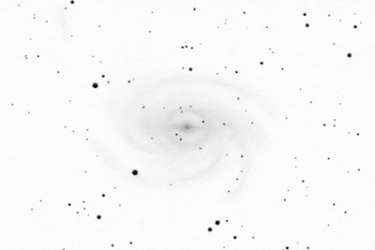
Pavo galaxy
The grand spiral galaxy of Pavo
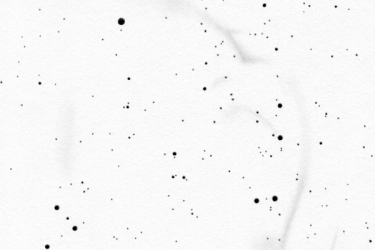
Panorama drawing
Huge and faint supernova remnant in the southern sky
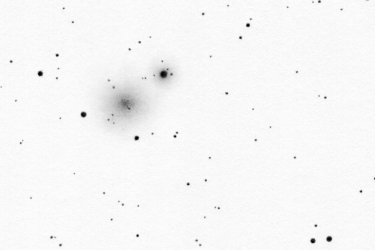
Centaurus globular cluster
The second globular in Centaurus
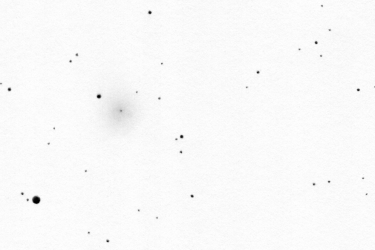
Apus globular cluster
Globular cluster close to the Southern celestial pole
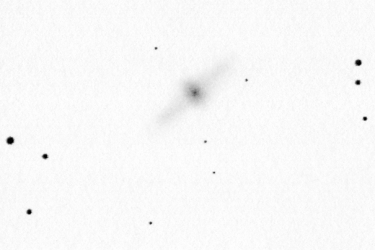
Centaurus galaxy
Polar ring galaxy
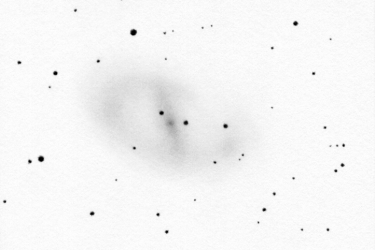
Ara galaxy
Barred spiral galaxy in the thick of the Milky Way